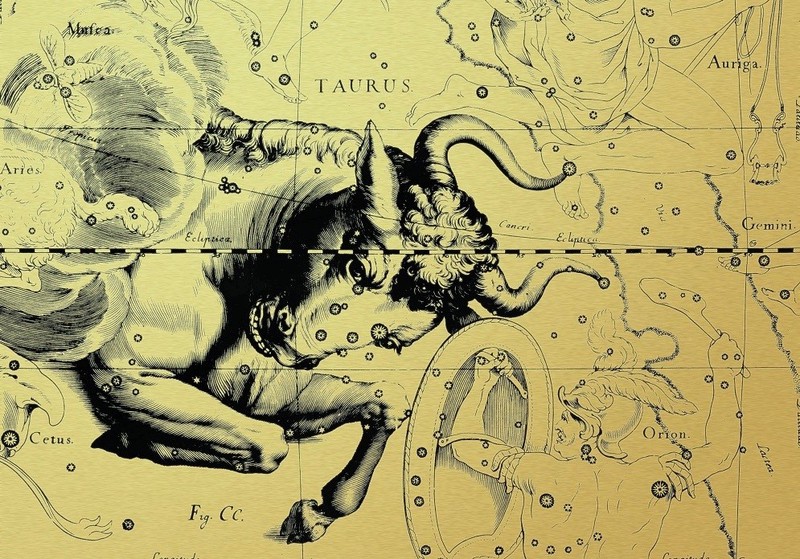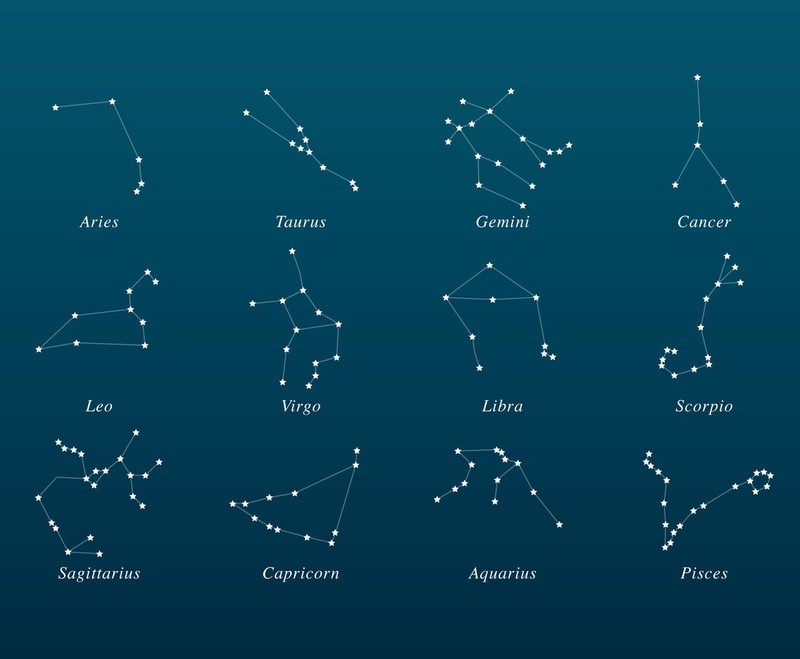There are trillions of stars in the sky. Some of them form constellations - certain areas in space that simplify orientation across the sky. Since ancient times, people have noticed that some patterns, and sometimes shapes, line up glowing dots. Moreover, in a certain time period they are in the same position in space. Constellations throughout the entire time of space exploration simplify this process. Now most of them, located at an apparent distance from the Solar System, are well studied.

What are constellations?
A constellation is a collection of stars arranged in a certain shape. In ancient times, this term meant patterns in the sky, vaguely resembling mythical creatures or certain objects. It is on this principle that many of them got their names, used by astronomers to this day.
What are asterisms?
In addition to constellations, there are also asterisms. These concepts are quite close in meaning, but they have certain differences. Asterisms are groups of stars that are part of a certain constellation and form an easily recognizable shape that is easy to notice in the night sky even with the naked eye. Asterisms do not have an official list, as they are compiled by amateur astronomers.
Interesting fact: the most famous asterism is the Bucket, which is part of the constellation Ursa Major. Its shape, consisting of seven stars, is easily recognizable in the dark.
In the past, on the territory of Russia, astronomers referred to asterisms not only groups of stars arranged in a certain shape, but also their clusters, easily distinguishable in amateur optics.
We can say that asterisms appeared to simplify the study of the starry sky map for those who did not have advanced technologies for space exploration. Using them, astronomers can easily determine the location of the main celestial objects and proceed with further observation.
At the moment there are 28 main asterisms, 23 of them are part of different constellations. The other five are large clusters of stars.
What is the difference between asterisms and constellations?

As mentioned above, there is a relatively small difference between asterisms and constellations, which is why a person who does not understand the specifics of space exploration can confuse them. To draw a clear line between the terms, it is better to understand the meaning of each separately.
A constellation is a cluster of stars located in a certain area. Moreover, it includes not only the luminaries forming the pattern, but also the others that are located in a certain proximity. People in ancient times noticed that in the sky some stars can be combined into a group, thanks to which the first constellations began to appear.
Interesting fact: the first constellations were composed by the Greek writer Aratus, who described them in 270 BC.

Claudius Ptolemy made a great contribution to the compilation of constellations. He spent a lot of time studying the sky and searching for groups of stars that line up in patterns. Around 150 AD, he discovered and described 48 constellations that are still used by astronomers to orient themselves in the sky. Most of them are named after mythical Greek creatures and animals.
In the period from the XVI to the XVIII centuries, with the advent of the first telescopes, interest in space began to increase. Many astronomers studied the sky and tried to find new constellations. At that time, clusters denoting zodiac signs, as well as star groups from the Orion belt were added to Ptolemy's discoveries. Astronomers from different parts of the Earth were constantly making new discoveries. However, it quickly became clear that the newly minted constellations are either already known or are part of an already discovered one. And there were a lot of the latter. Because of this, the concept of "asterism" appeared.
Asterisms are part of the constellation and represent its basis, consisting of the most prominent stars. It is she who can be seen in an amateur telescope. And since at that time not every astronomer had professional equipment, he had to admire asterisms, and the rest, not so bright stars of the constellations remained hidden from view.
How did the names of the constellations appear?

The constellations got their names for a reason. The name of each has a certain meaning. Ptolemy, when he compiled a list of the first star clusters, understood perfectly well that they needed to be given catchy, memorable names. Since mythology was highly developed in ancient Greece, he decided to give them names, referring to this culture. Very quickly, the astronomer drew parallels between the shape of the constellations and the appearance of significant animals and gods. So Andromeda, Eagle, Aquarius and many others appeared in the sky.
Interesting fact: the constellation Capricorn, discovered by Ptolemy, denotes the god Pan. But in ancient times it was also called Almatea in honor of the goat that fed Zeus in infancy.
Ptolemy gave names to each of the 48 constellations he discovered. Since then, astronomers have also been coming up with names for their findings. A great contribution to this was made by de Houtman and Dirks Zun, who in the XVI century dubbed new star clusters in honor of exotic animals. This is how the Chameleon, Goldfish, Toucan, etc. appeared.
In the XVIII century, when astronomy became even more developed, scientists began to pay homage to the tools through which you can explore the map of the starry sky. For example, Nicolas Louis de Lacaille added a Square, a Compass and a Telescope to the list of constellations. It is worth noting that these star patterns really resemble these objects in shape.
How did the names of some constellations appear:
Andromeda is named after the daughter of Cassiopeia and Cepheus, she was donated to Cetus;
Aquarius - has a direct connection with King Tros, who carried the cup on Olympus;
The Big Dog is a mythical creature chasing the constellation of the Hare;
Bird of Paradise - in shape resembles a bird that has no legs, this is due to the fact that Westerners believed that these creatures do not have paws;
Aries is a big ram with wings and a golden fleece, sent to help Frix, whom his father wanted to mistakenly bring to the gods so that his people would get rid of hunger;
Cancer is the name of the constellation in honor of the crab Karkios, sent to prevent Hercules from fighting the Hydra;
The keel is part of the ship on which Jason and the Argonauts traveled;
Cassiopeia is the wife of Cepheus, who oppressed the nymphs with her beauty.
Some constellations are in proximity to each other, which is why some communication is carried out between them. For example, it is believed that Hounds are chasing the Big Dipper.
Zodiac constellations

A person is born during the period of a certain zodiac sign. But not everyone knows that they have their own constellations, called “zodiacal”. Now there are 13 star clusters belonging to this category:
- Aries
- Taurus
- Twins
- Cancer
- Leo
- Maid
- Scales
- Scorpio
- Ophiuchus
- Sagittarius
- Capricorn
- Aquarius
- Fish
Moreover, if even children know the 12 zodiac constellations, then Ophiuchus joined this group quite recently. How did they appear?
The first star map was discovered in a cave in France. Primitive people left primitive drawings on the wall, which depicted the sky. but even on them you can see the contours of the constellations. The Babylonians, who lived 3,000 years ago, also paid attention to the stars and made maps. Their developments were used by the ancient Greeks, adding a lot of details. Even then, there were zodiac constellations among the famous constellations.
These clusters are used to determine the boundaries between the changes of the year. Since the Earth revolves around the Sun, certain stars are visible at different time periods. This rule also works with zodiac groups. For example, at the end of October, you can clearly distinguish the zodiac sign in the form of a Scorpio. In the past, it helped people determine the time of year and month.
How many constellations are there in the sky?

At the moment, the official list contains 88 constellations that occupy a certain area in the sky. Despite the fact that astronomers are exploring space in more detail every decade, it is not so easy to classify star clusters.
Since stars simplify orientation in space, it makes no sense to add a new group to the official list if it is located at a great distance from Earth and is practically invisible. And those stars that are at a sufficient distance from the planet to serve as beacons, and so most likely are part of a certain cluster.
Perhaps in the future the number of constellations will be replenished, but for this new stars must appear in the sky.
Comments